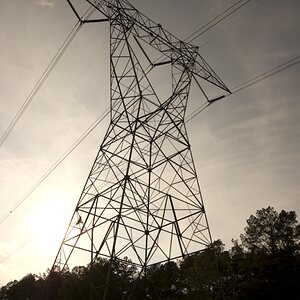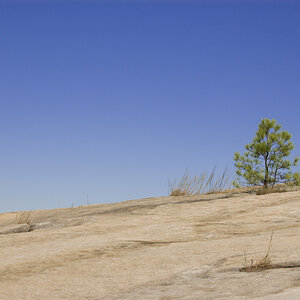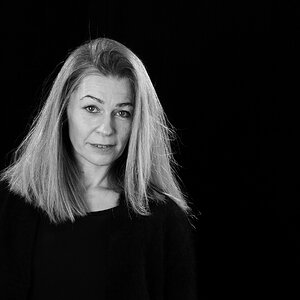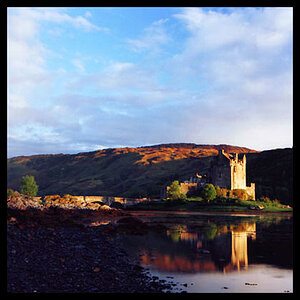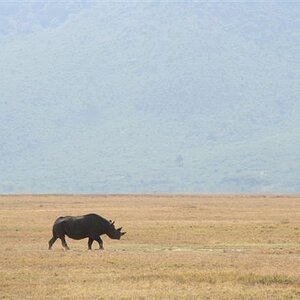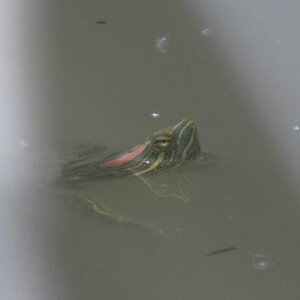MTVision
Been spending a lot of time on here!
- Joined
- Aug 1, 2011
- Messages
- 3,008
- Reaction score
- 527
- Location
- Vermont, US
- Can others edit my Photos
- Photos OK to edit
AMOMENT said:Wow, I have so much more to learn and there is clearly not enough hours in the day! I, LOL, not only read my manual but TOOK NOTES. (yeah, I'm that dork) I understand where me meter is and how to interpret it but the manual doesn't explain how to meter off of something as a basis for taking a specific shot.
So, essentially what you're saying (some of you) is that if your camera is not color blind or is "smart" enough, then there is no reason to use a sample to readjust a shot that you are trying to get?
If I point my camera at something, observe the meter, I "lock" that meter by depressing the shutter button halfway correct? I then simply move my camera while keeping my finger depressing the shutter, and snp at my target. By doing this and using the sample that I metered off of, I can adjust my lighting and color in my photos.
No. You put your focal point on what you want to meter off (like your kids skin) press the shutter halfway - adjust shutter speed and aperture until the meter is around or on 0. Then you let go of the button and put your focal point on your subjects eyes or something press shutter halfway down to get focus and take the picture.
Pressing the shutter down isn't going to lock anything. You need to manually adjust everything to get a correct exposure with the button pressed halfway down. After you do all that let go of the button and focus. If you meter off your kids skin but never release the button your picture won't be in focus.
Seriously, buy the book understanding exposure. It'll be the best thing you do.


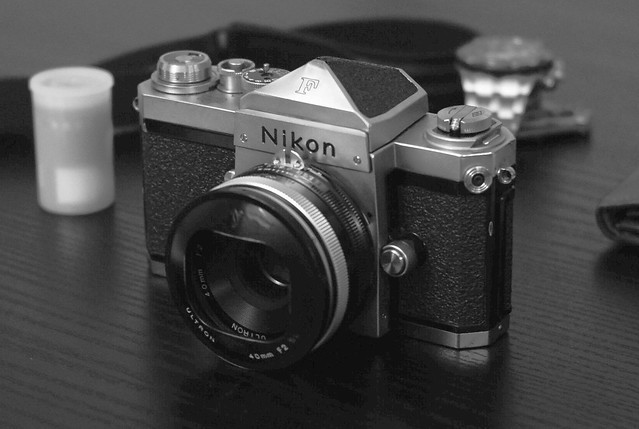
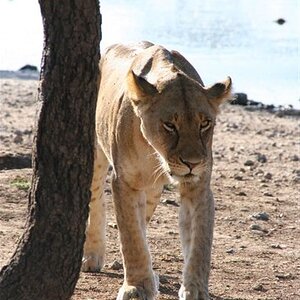

![[No title]](/data/xfmg/thumbnail/37/37604-7ad625e983f92f880eb65a264eeef5e4.jpg?1619738148)
